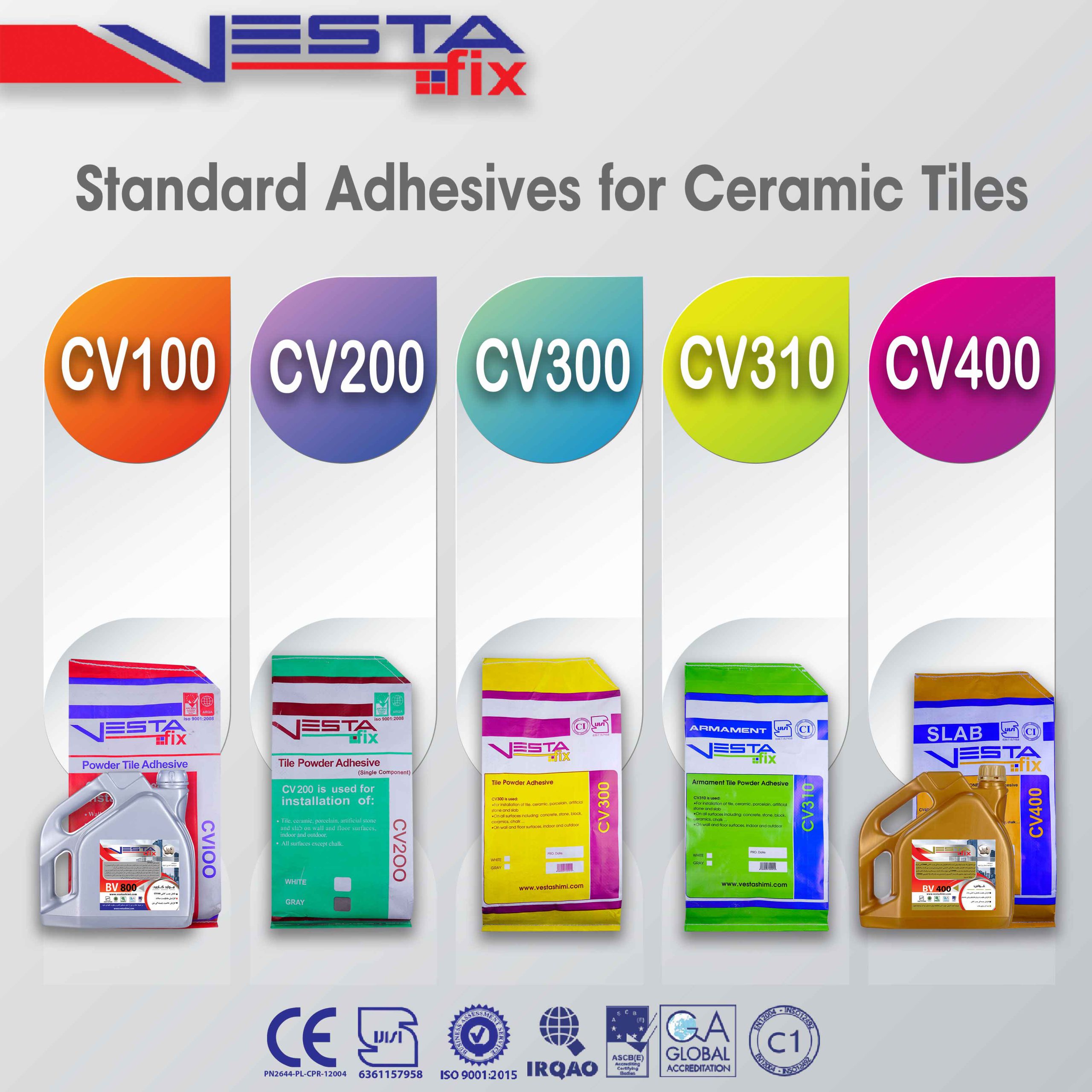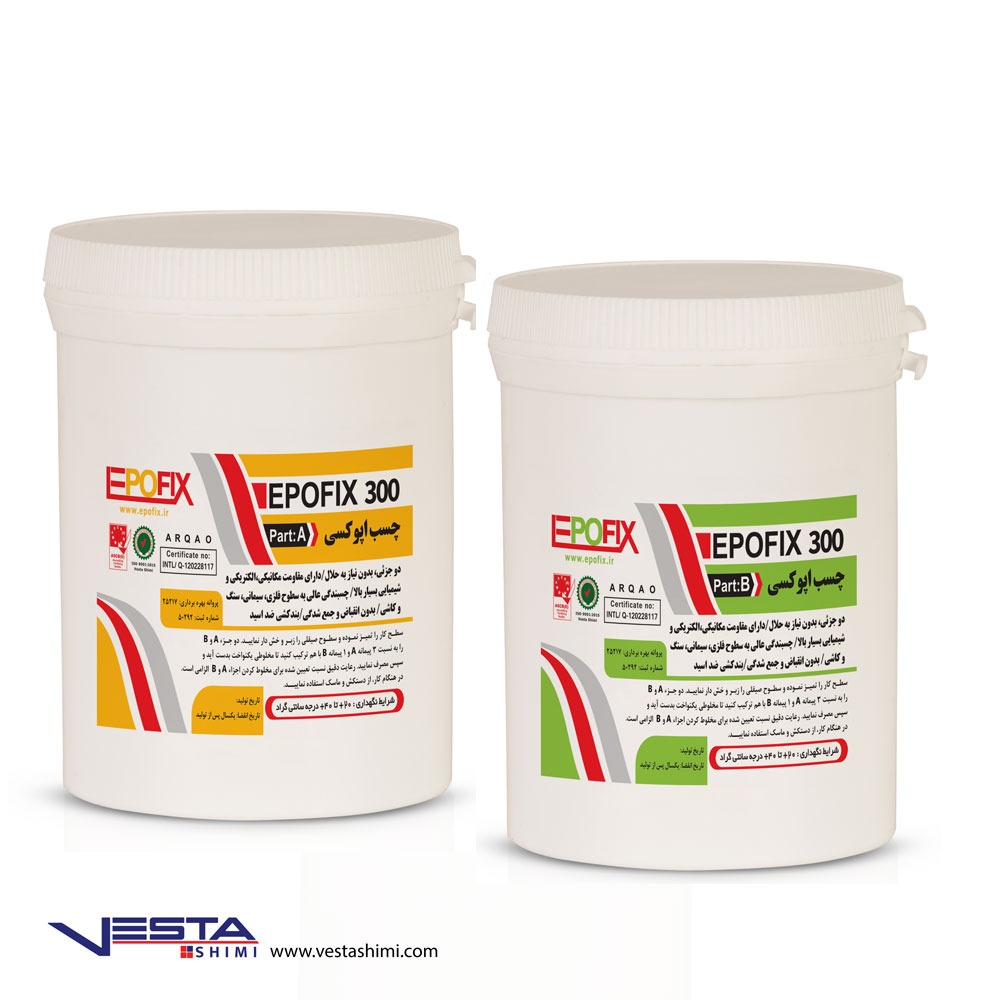Getting to know the history of ceramic tiles
Pottery is one of the most ancient human arts and is actually the origin of the art of tile and ceramic production
The first works of this art in Iran reach around 10,000 years BC
which is in the form of unbaked clay and the traces of the first pottery kilns date back to about 6000 BC.
Continued progress in the pottery industry led to changes in the production method, including changing the kilns.
It was the invention of the pottery wheel as well as the quality of pottery materials such as painting and glazing.
The time to start glazing, which is the possibility of waterproofing as well as painting
It was able to beautify dishes and pottery and prepare tiles
It reaches about 5000 years ago.
Glazing method and knowledge spread from Babylon to other parts of Iran.
After Islam, by encouraging the use of clay and ceramic dishes instead of metal, gold and silver dishes;
The pottery industry gained a new growth and from the pottery industry and tile making for the decoration of the mosque altar,
Waterproofing the walls of the bathrooms, creating a pond and water feature, and moving containers and pots and accessories and jars
Roof slopes are also used.
History of tile
The early forms of ceramic tiles date back to prehistoric times
When the use of clay as one of the building materials was developed in several early civilizations.
Early modern tiles were roughly shaped and did not have the durability of today’s tiles.
The materials of the tiles extracted from the bottom of the rivers were shaped into building blocks and dried in the sun.
Early tiles were crude, but even 6,000 years ago, people used painting and fine carving
They used them for decoration on the tiles.
The ceramic industry is actually not limited to the manufacture of simple pottery vessels, utensils and pieces of the past
And it has a great application in all dimensions of modern human civilization and technology today.
The method of making and preparing all ceramic items is almost the same and depending on the application, there are slight differences in the production method.
Ceramic Tile
Firing Tile
The ancient Egyptians were the first to discover that kiln-fired clay tiles were stronger and more water-resistant.
Many ancient civilizations used small square baked clay tiles for decoration in architecture.
The buildings of the old cities of Mesopotamia were covered with unglazed red terracotta and colorful tiles.
The ancient Greeks and Romans used ceramics in the floor, ceiling and even the plumbing inside the buildings.
The Chinese used white clay called kaolin
so that they can produce resistant and white ceramic called porcelain.
In medieval Europe, tiles were used on church floors.
Across continental Europe, the Byzantines best used small tiles on a small scale.
They have created meaningful and beautiful mosaic patterns using tiles, glass and stone.
Glazing Tiles
Iranian ceramics were influenced by tiles imported from China, these tiles were used for decorative purposes.
It spread throughout South Asia, North Africa, Spain and even Europe.
Since Islamic art originated from human imagination and was influential in the progress and development of Islam,
Craftsmen turned to offering brightly colored and inlaid or intricately textured tiles.
Bold glazed tiles were laid together in large mosaic patterns and subtle color shifts.
Muslim artisans used metal oxides such as tin, copper, cobalt, magnesium and antimony to glaze tiles.
which resulted in a brighter and stronger glaze.
In the 15th century, tiles with metal oxide glaze became common in Italy and gradually penetrated among the artisans of northern Italy.
Important European trade centers gave importance to these local motifs
So that some of these tiles are still used
Such as Delft tile (from Delft, Netherlands) and Majolica tile (from Majorca, Spain).
Modern Tile
Today, most commercial manufacturing companies use the press dust method.
First, the mixture of ingredients is pressed into the desired shape and then glazed
(It may not be glazed) and then it is baked in the oven.
Some craftsmen may press the mortar or by spreading the dough and cutting it
Produce tiles with the desired shape using a mold like a cookie cutter.
Whatever the method of cutting the tile, it needs to be baked to harden. Purity of clay,
Baking frequency and oven temperature are factors that affect the price and quality of tiles.
Furnace temperature varies from 900 to 2500 degrees Fahrenheit. The lower the oven temperature
The porosity of the tile is more and the glaze is softer. A higher temperature produces a denser tile and a stronger glaze.
History of ceramics
Archaeologists have found that early humans were making ceramics around 24,000 BC.
These ceramics were found in Czechoslovakia and are in the shape of animals and human figures, flat plates and balls.
These ceramics were made from animal fat along with their bones and bone ash and some fine-grained clay.
and after shaping it at a temperature of about 500 to 800 degrees Celsius in dome-shaped furnaces and
Or they cooked it in the shape of a horseshoe. But it is still not known why this type of ceramics was made.
The first pottery used was made in 9000 BC
And it was used to store food and edible seeds.
The production of glass also started almost at the same time as pottery and in 8000 years ago in Egypt
So that in pottery baking due to the presence of calcium oxide along with sand and soda
Finally, it led to colored glazed pottery.
Ceramic Tile
History of ceramics in Iran
Pottery is one of the most important and oldest human artefacts
which has remained stable at the beginning of pottery till now.
The people of Iran, due to their special geographical location and being on the highway of civilizations,
Not only were they among the first makers of pottery, but they were considered the most masterful makers.
In Iran, pottery has been prevalent in four residential areas:
1- Western region of Zagros mountains near Kermanshahan
2- The southern shores of the Caspian Sea
3- Northwest Azerbaijan
4- Southeast of Iran
On the edge of the desert and in the central areas of Iran, pottery dating back 8,000 years can be seen.
The oldest pottery objects found in Iran’s ancient excavations are the ones discovered in Ganj Dere Tepe in Kermanshah province.
which goes back to the eighth millennium BC.
Likewise, areas such as Ghari in the south of Mazandaran near Behshahr (8th millennium BC)
And in the second stage, in the slum area of Qazvin plain, Cheshme Ali near Tehran and Silk Hill in Kashan.
The pottery uncovered from the mentioned places is rough and has a soft core, which contains dried straw materials
And small vegetables have been added to the initial mixture of water and soil for adhesion
And the potter’s wheel has not yet been used, and the temperature of the kiln has not been controlled
And the pottery is not completely hard and uniform
And sometimes the brain is left gray with black due to a slight temperature
(6th millennium BC). In the next stage, pottery becomes more developed and soft sand and sand powder are used along with soil
To make very thin-walled dishes. In this period, the production of dishes with concave bottom and convex body began.
In the fourth millennium BC, with the invention of the pottery wheel and its use in
The shaping of pottery vessels begins a new evolution in the pottery industry
Also, the decorations on the dishes become more diverse.
Ceramic structure
The word ceramic is derived from the Greek word “kramos” which means clay or baked clay
In fact, to introduce ceramics, it should be said that it is the art and science of making
The use of solid and fragile objects that are the main and main material of those soils. (These soils include: kaolin and clay).
Glazing ceramic tiles
Because the surface of the object is shiny, smooth and beautiful, waterproof, chemical resistant, etc
Decorated if needed, it is baked with a thin layer of glaze after cooling.
Glaze (mineral paint) is coated in liquid form on the dried object.
Glazes are basically mineral and silica materials that form a glass-like layer on the outer surface of the ceramic.
Application of ceramics
The use of ceramics in floor construction and facade construction or in the production of sanitary ware and so on
Building materials such as bricks, decorative tiles inside and outside the building, roof tiles,
Sewage channels, anti-acid pottery are all ceramics that have been prepared and used for a long time.
Also, the use of ceramics in various industries such as the preparation of heat and electricity resistant devices,
Electric fuses, car spark plugs, casting, preparation of very precise thermal elements,
Spatial equipment, sanding, chipping, lathes, ultra-precise casting, refractory bricks,
Electric insulators, water purification elements, engine shell, graphite, concrete, refractory materials,
The body of spaceships, all kinds of cements, glass products and thousands of other applications
which increases the importance of ceramics day by day.
Tile and its application
Kashi is another terracotta and ceramic product that is especially used in buildings
And it is of special importance. Tiles for interior and exterior decoration as well as for hygiene
And moisture insulation is used. Decorative tiles are used outside the building, especially in religious places.
They produce ceramic tiles in various dimensions and sizes.
They produce floor and wall tiles in sizes below 2×2 and 2×1 up to fifty by fifty centimeters
which can show a painting in the place of installation with different colors.
The quality of the tile should be such that it can withstand sudden temperature changes of 20-100 degrees Celsius
And no cracks appear in the body or its glaze. Wall tiles to maintain hygiene
and humidity in the kitchen, sanitary environment, bathroom and toilet.
The floor tile is also due to its anti-wear and high thermal and electrical resistance
They are used in kitchens, bathrooms, laboratories, laundries and chemical factories.
Also, the tile should have smooth dimensions and sharp corners.
Production of ceramic tiles in Iran
In recent years, many wall and floor tile and ceramic factories have been established in Iran
And there has been a great transformation in this industry, and also in the production of sanitary ware
And the porcelain and insulation factories that are active in Iran have been able to in the last thirty years
Increase the production of ceramic tiles from low and traditional and semi-industrial production to about 70 million square meters.
Introducing our products
As you know, to buy accessories such as: tile adhesive , ceramic adhesive and porcelain adhesive; You should use your utmost care to choose the best quality. Because the poor quality of any of these products may cause irreparable damages. Vesta Chemical factory has years of experience as the basis of its products, so that it can offer the best to you dear ones. Other products that Vestashimi offers you with the best quality include: Sealing glue، Light block glue، anti-acid، Waterproofing، Nano look coating، Epoxy resin product، Roof insulation، concrete glue، Epoxy resin، strapping powder، thatch، Primer، Groot، Rebar planting paste، Epoxy glue is. Get in touch with Vestashimi for more services.
www.baaax.ir




